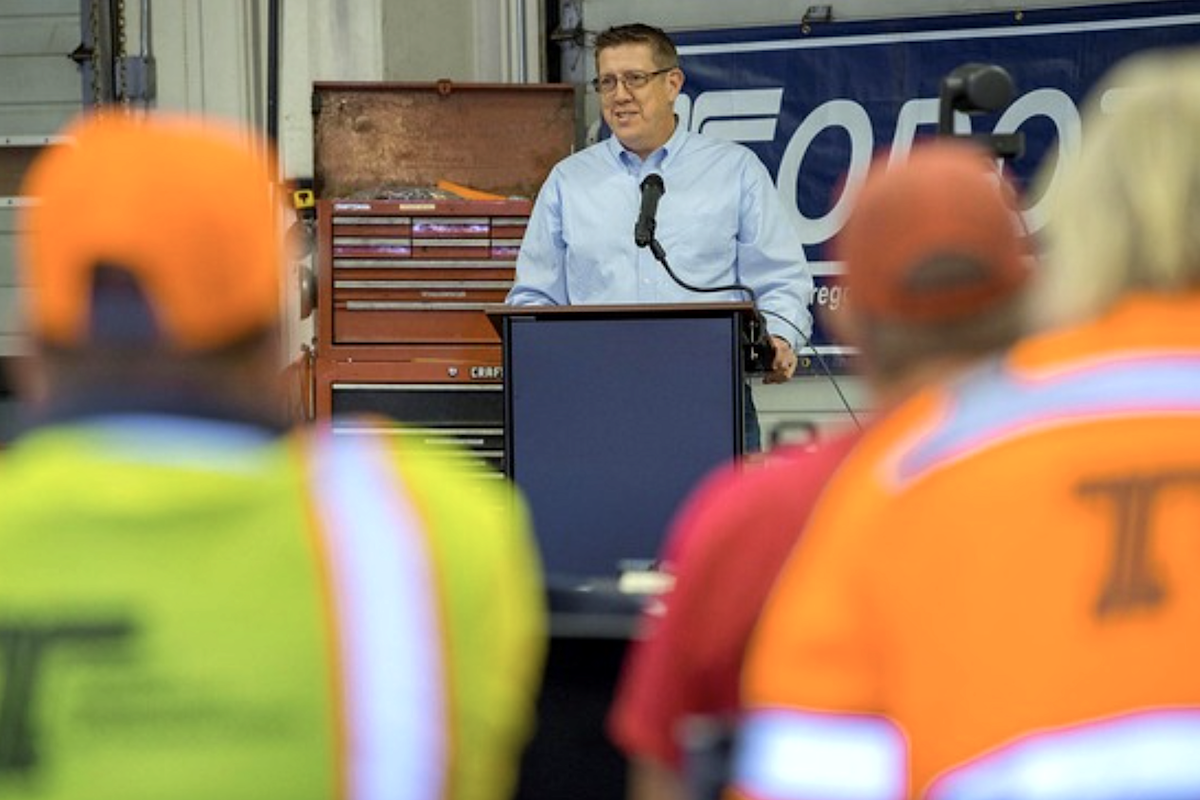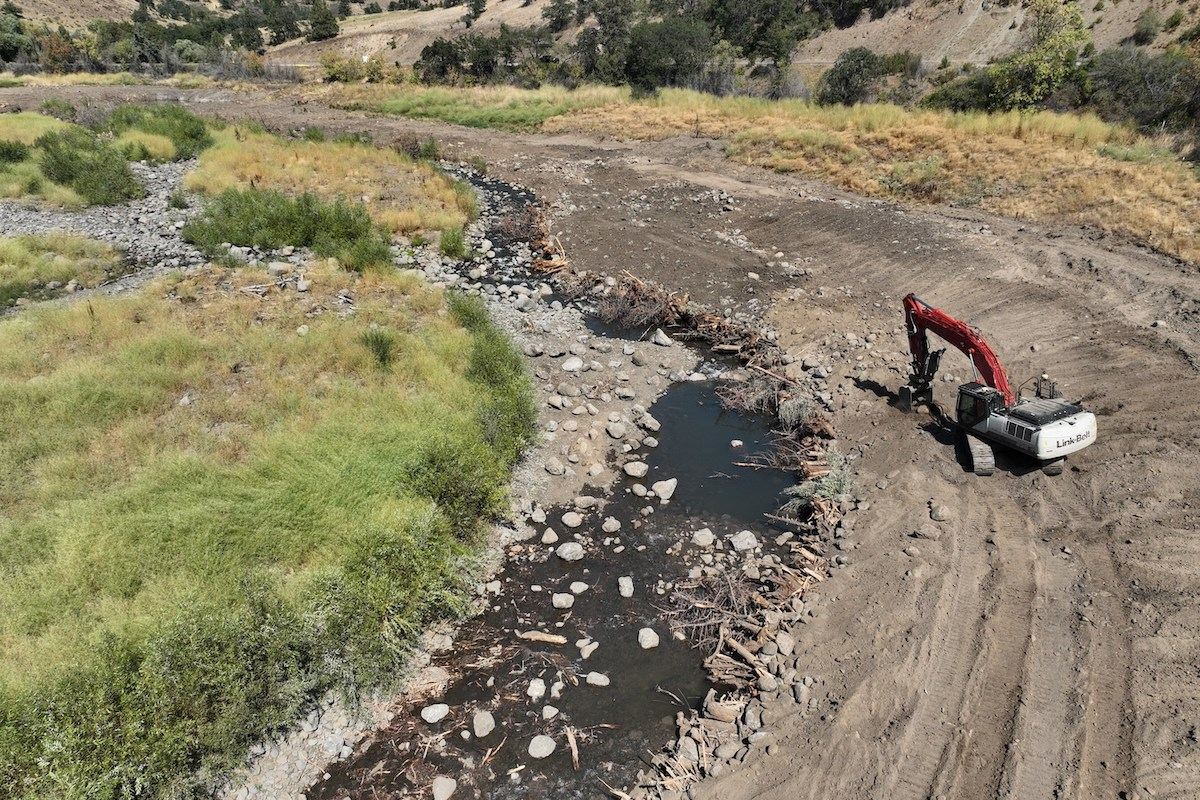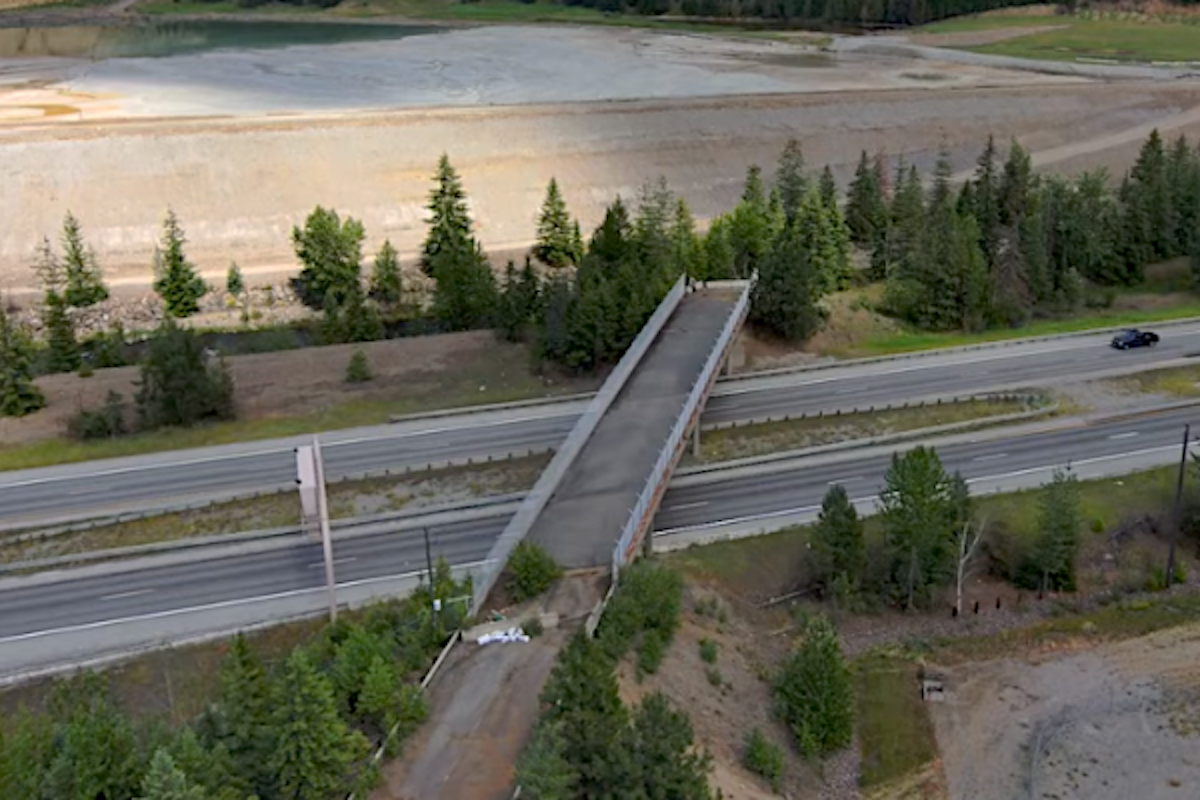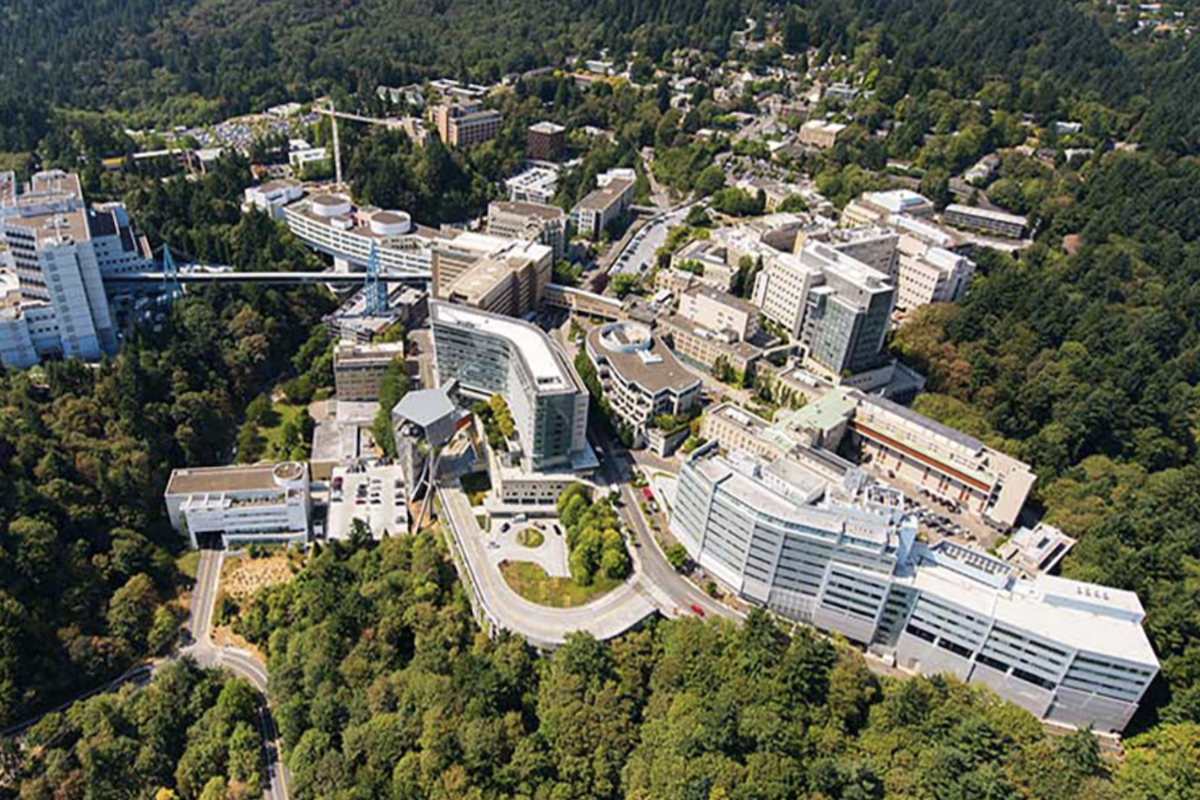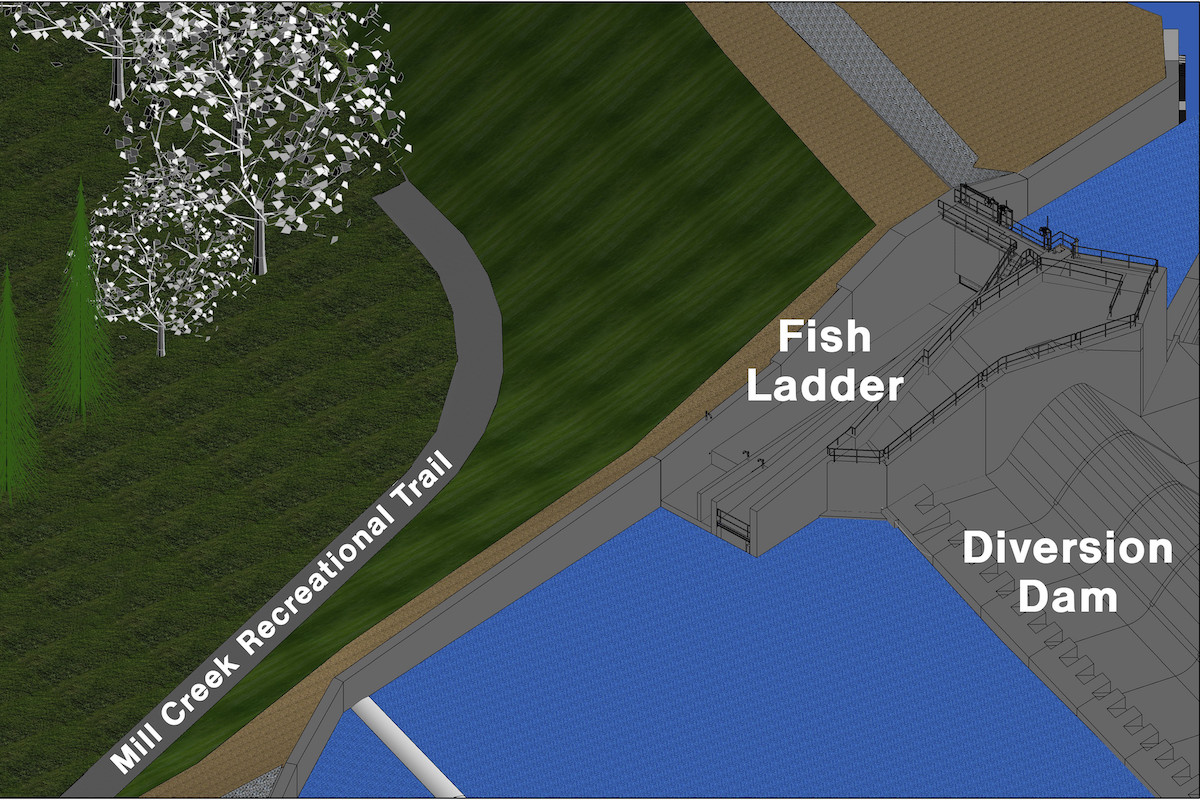“The big growth in that area of Williamson County has been explosive,” said Mike Sexton, Director of Engineering at the Mobility Authority in Austin. “Getting ahead of the curve and getting these projects done in advance will help alleviate traffic congestion, and reducing congestion will help improve safety at the same time.”
The Mobility Authority, created by state legislation in 2002 as an independent government agency, is tasked with improving transportation in Williamson and Travis counties. That includes developing, operating, and maintaining roadways, airports, seaports, and transit services.
“We are trying to be proactive on these corridor projects,” Sexton said.
Williamson County gained about 90,000 people from 2010 to 2023, according to the U.S. Census. About 40,000 vehicles travel on U.S. 183 daily. The Mobility Authority anticipates traffic volumes on U.S. 183 will increase to 80,000 by 2040.

| Your local Metso Minerals Industries Inc dealer |
|---|
| PacWest Machinery |
| Westate Machinery Co |
The project also includes building access ramps, making frontage road improvements, and creating a 10-foot-wide shared-use path from Hero Way to the Seward Junction Loop to the outside of the frontage roads, which run the length of the project. The multiuse path will have its own bridge over the San Gabriel River. The path will connect with trails in the area and the new South San Gabriel River Park in Leander to the north of the river.
“In most of our projects, where it’s feasible, we look to adding pedestrian and bicycle paths,” Sexton said. “It is something the public is very interested in, and it allows for the multimodal process we strive for as an agency.”
The county and the Texas Department of Transportation designed U.S. 183 to the outside of the right of way to create a wide enough median to build toll roads down the middle. The existing 183 will become frontage roads and remain toll free. While most of the construction takes place in the median, about 19.3 acres of additional right of way was needed at the northern end of the project, north of SH 29, where the toll road and frontage roads come together.
Rodriguez Transportation Group of Austin, Texas, serves as the design engineer.
The Mobility Authority issued bonds and received a Transportation Infrastructure Finance and Innovation Act loan to pay for the $259 million project. That amount represents the total cost, including design, construction, and oversight and inspection services. AtkinsRéalis of Austin performs the oversight, and RS&H of Austin handles the inspection.
“A lot of work has been accomplished in the last two years,” Sexton said.
Lane worked simultaneously on parts of the project. It has separate crews completing earthwork, drainage, concrete, and structures, with varying equipment. More than 150 people are working on the job. Lane is building 17 bridges along the corridor and has excavated under SH 29.
“Over the course of a job of this magnitude, they are in different areas at different times,” Sexton said. “There is a little of everything on this job.”
To improve drainage, the contractor has created multiple retention ponds to collect water from the roadway and ensure clean water is discharged into the creeks and the San Gabriel River by passing it through vegetation filter strips, sediment fences and traps, rock filter dams, and grassy swales.
The Mobility Authority has hired an environmental compliance team to monitor construction and ensure the project remains in compliance. Sexton said that the Mobility Authority always aims to exceed those minimums.
Eighty-seven percent of the retaining walls have been built, as have most of the bridge decks. Most of the bridges are over roads and two are over the San Gabriel River. Crews are working off land to build the river bridges. The bridges have concrete drill shaft foundations and standard Texas concrete girders.
“We, typically, try to avoid construction in water unless absolutely necessary,” Sexton said. “In this case, it was possible to build the support structures for the bridge on either side of the river.”
At SH 29, crews made a 30-foot cut, which was 2,000 feet long and more than 80 feet wide to enable 183A Phase 3 to pass under SH 29. That deep, long, and wide cut was completed by subcontractor Ranger Excavating of Austin, Texas, in 2024.
“We spent a lot of time and effort getting everyone aware of what was going to happen,” Sexton said.
Crews were paving the toll road with concrete in July 2024. The Mobility Authority routinely prefers concrete due to its longevity and need for less long-term maintenance. The frontage roads are currently paved with asphalt. During this project, crews will mill the top layer of asphalt, repave, and stripe those frontage roads so they will look new, according to Sexton.
Most construction activity takes place during the day. However, some lane closures and detours will take place primarily at night or during off-peak hours.
Crews regularly water to keep dust down and perform concrete grinding only during the day, so they do not disturb the public. The Mobility Authority keeps area residents updated about the project.
“We have strived to minimize impacts to the community as much as possible,” Sexton said.
Lane is exceeding the federally mandated 15 percent minority business goals.
In July, multiple crews were working at the southern end of the project. Structural crews were building walls, crewmembers were drilling the bridge shafts, earthwork crews were shaping the ponds, and other teams were paving with concrete.
“We have seen a big jump in completion of work in the last two years,” Sexton said. “We are getting close to completion.”
The project remains on schedule. The Mobility Authority anticipates the new lanes will open to traffic in early 2025.
“We think this will be great for congestion mitigation for the region and helps support [the area’s] growth,” Sexton said. “We are proud of the project overall and the elements it adds to the community.”
Photos courtesy of the Central Texas Regional Mobility Authority























